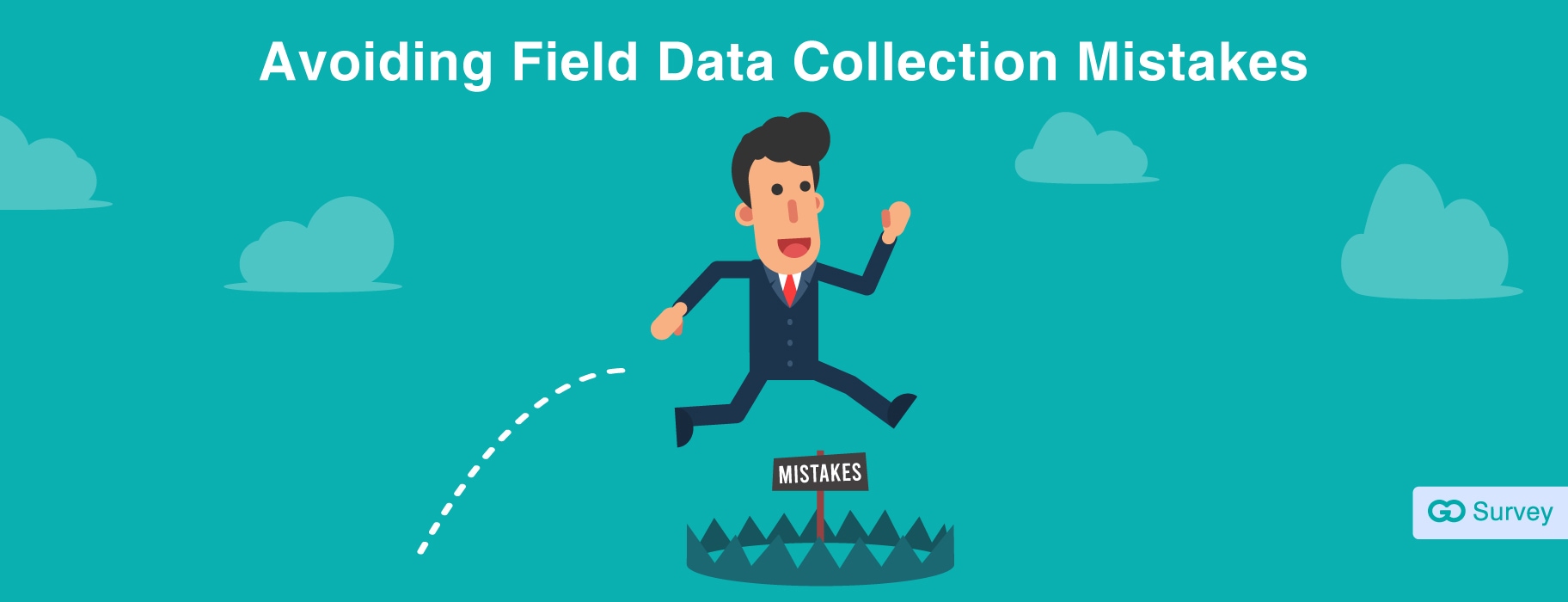Field data research is important. But conducting error-free research (at least on paper) should be our priority. Do you know why? Well, take a look.
Coca-cola once withdrew the original coke and replaced it with a new coke. And guess what? The move disastrously flopped.
The disaster was so big that restoring the old coke to sell along with the brand new one didn't roll the ball either. The soft-drink giant had to discard the new product completely. Pepsi and Coors share pretty much the same history.
It was Coca-Cola yesterday, it could be you today!
The historically flop projects have something to say: non-evidence or error based decision-making leads to chaos. Their teams could have designed better research to understand the population sample. But not even Coke cult could save them once their field data was not right or misinterpreted.
And you could well be next! Making research mistakes potentially undermines the quality of data you collect and affect the impact of your campaign. Below, we're covering some field-based data collection errors that sabotage your decision's soundness. You would want to avoid these common errors in the research process.
Error #1 Population specification error
No matter what field data collection tools you use, when you don't understand whom to survey— you're skewing your data research. Ask yourself— whom do you want to survey? Would you have a knife for an ax? Absolutely no.
Similarly, when you think you've got the right survey respondents or concepts when you haven't— you're making population specification errors.
Here, the field data collection error is about researching & measuring the wrong person & concept, rather than researching & measuring the right person and concept poorly.

Example: Chocolate & Ice-cream stores often survey housewives and homemakers for their known-affinity towards confectionaries. And these stores assume that they make all the purchase decisions, when in reality, the decision can be the result of the kid’s need. Sure, they may make the ultimate purchase, but the husband, kids, or other family relatives may directly or indirectly influence their buying decisions. Thus, ruling out important members from the sample may bring inadequacies to your field data collection results.
What can you do to avoid this: Before researching, you want to create your audience group who influences the buying decision. Having known their buying intent can also help you survey the specific population.
Error #2 Sample frame error
Would you pick Chinese car registration names to survey & determine the president of the United States? Not unless you're hell-bent in having those numbers. You can have the results, but only you can imagine the outcome. That's why it is advised to have your sample frame selected wisely.
A sample frame is the list of all the items within a specific population. You'll make frame errors if you pick the wrong sub-population to determine an entirely alien outcome. Phonebooks, Twitter users, Listing directories, etc. are some of the sample frames. A quality sampling frame is the one that provides you complete coverage of the target group or population.

Example: Let's say you get a sample frame from Google listing directory to understand the impact of mobile applications on your respondents. Theoretically, people browsing on search engines may or may not have any web-app experiences in the past. Picking a survey sample frame of users who use websites to determine the influence of apps will not accomplish your research goal. A much better option would be accessing the list or review directories of the app or play store.
What can you do to avoid this: While we can't completely avoid it, you can shrink its probability by increasing the population size. For example, if you're predicting an election, consider increasing the population's size for the research in the given demography. Also, make sure that sample respondent frames belong to the rest of the population. For example, do increase the population size in a given geographic location but not beyond the 'walls' and 'borders' of the country or region.
Error #3 Selection error
Before going on the field research, we all have our sample frame ready. Right? But what if a respondent self-invites or participates in the study, which is not a part of our research? The respondent is out of the syllabus for our research right from the start. You can't be a good and tolerating host! But if you do— you'll mark the beginning of selection error.
As the name suggests— the research is immediately distorted as soon as you select an improper or incomplete sample frame. As these samples are not relevant to your study, good luck finding the best evidence-based decision.

Example: You want to find out how many car owners have had accidents in 2020. But your sample selection can get skewed by the car driver who became a part of your research without owning a car.
What can you do to avoid this: Selection error can be controlled by traveling the extra mile to select the proper sample: request contact pre-surveys and follow-up participants post-study. If you don't receive a response, be a creature of habit— send the second survey request. It will actively & accurately help select your participants.
Error #4 Non-response error
No matter how well you design your questionnaire, there're always some respondents waiting to ruin your research. And how do they do this? By not responding to your survey or disappearing from the contact radar entirely. Either way— less response will increase the non-response bias or error.
Here, the field data collection error refers to the missing data and not the study on the wrong sample or inaccurate data. Maintaining a high level of response rate on a wide-scale survey can be daunting. So, if you're having plenty of run-ins conducting a voluntary national or international survey— congratulations, you're not alone.

Example: Orchestrating a survey on Sunday to figure out links between work culture and health. You may not hear from some of your respondents on weekends. They may be firm believers that weekends are to enjoy and relax, not to fritter away their time in filling 'non-useful' surveys.
What can you do to avoid this: It's always best to organize surveys at mutually agreed upon time. Go for follow-up surveys to hear words of participation from your respondents. Try reaching your audience with different communicating channels like SMS or email.
Error #5 Observational error
It's not always respondents who desert your survey. Sometimes, you or your research observers end up being enemies to your research. Observational or measurement error is one such enemy that often comes up as the most common mistake made in field-based data collection.
You land up having measurement errors when there's a glitch in your measurement process itself. Purely by mathematical aspects, it's the difference between the information generated and the information expected by your team.

Example: You want to survey the weight of all the athletes to endorse healthy supplements. The scale that you use in the survey is one pound off. It will eventually affect your BMI reading and proposed diet plan.
What can you do to avoid this: While this error, for the most part, is unavoidable due to several varying & uncontrollable factors— you should look to have as close an outcome as expected. You can do this by double-verifying all your measuring techniques and helping observers and data researchers understand all the factors in your project research.
Key Takeaways for field data collection errors

These are the primary field data collection errors that often unbalance the veracity of your data.
While you can never shun all the errors completely, you always have the power to address and minimize their impact on your data's accuracy. Go through this guide whenever you're starting a new research project to avoid any type of common mistake.









